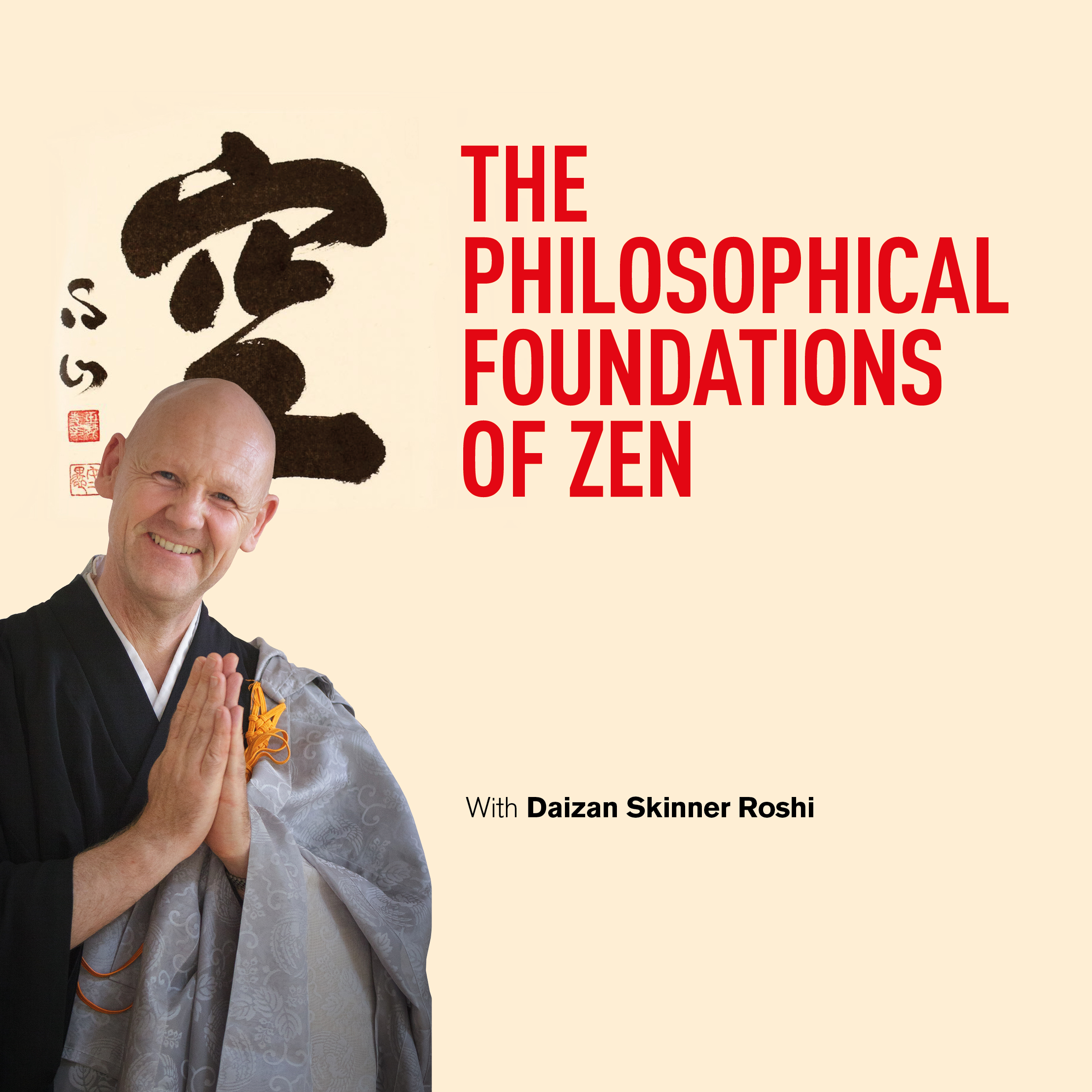Zazen introduction. Zazen is a physical practice that utilizes breathing to realize the unity of mind and body. Physical awareness is the basis for mental awareness. When our posture is clear and firm, we settle into our natural center and breathe completely. Through unified breathing, with our whole mind and body, we discover our. With consistent practice, zazen transforms our mind, heart and life. We tend to see body, breath, and mind as separate, but in zazen we begin to see how they are one inseparable reality. We first give our attention to the position of our body in zazen, establishing an awake and relaxed posture. Zen meditation retreats are especially popular with tourists in China who want to learn the practice in a Buddhist temple. So depending on your interest, needs, and budget, there are plenty of ways to find a program that will help you learn Zen meditation techniques. March 2021 Update Regarding Covid-19 Due to the ongoing situation with Covid-19, Tassajara will not be open for our regular Summer 2021 Guest Season. For more information, see the announcement from Central Abbot Rinso Ed Sattizahn, Board Chair Helen Degenhardt, and President Sozan Miglioli. We offer many online retreats, classes, and workshops. Please see the Online Programs page and the calendar. Practicing healing Zen meditation is a way of learning to take better care of ourselves mentally and physically. The awareness that arises from Zen practice is often described as feeling alert and alive—the opposite of sleepiness. Therefore, meditating to Zen meditation music in the background may increase our awareness to a degree that we.

Zazen is a physical practice that utilizes breathing to realize the unity of mind and body. Physical awareness is the basis for mental awareness. When our posture is clear and firm, we settle into our natural center and breathe completely. Through unified breathing, with our whole mind and body, we discover our true relationship with our world.

The desired characteristics for our posture are stability, alertness, and relaxation. We must sit still, firm. We must not move. We must be vigorously alert, awake in good posture, without tension. During sitting, we must become aware of our hara, the area an inch or two below our navel. This is the center of gravity: the locus between mind and body.
Sitting in our hara, we breathe the way children breathe at birth: utterly natural. Inhaling, the area below our navel expands; exhaling, the area contracts. From your hara, be aware of the physical sensations of breathing and the sensing of the surrounding world.
Zen Practice For Beginners

As we inhale and exhale, our subjective mind repeatedly asserts itself and thoughts arise. Whatever the content, return to the silent immediacy of our body’s physical sensations. Ignore distractive thoughts and emotions by following through as we exhale. Exhale completely and always return to your hara.
This practice is simple to describe, but extremely difficult to manifest. Time never stops, and we must practice at the speed of life. Find your home in your hara. Whether sitting in the Zendo or moving through your daily responsibilities, always begin from your hara.
Whenever lost or confused, exhale and begin again. It is very simple. It is our own confusion that makes difficulties.
Start with the hara. Sit like a mountain. Breathe like a baby.
Zen Practice Youtube

The best way to learn the basics of zazen is to attend Beginner’s Instruction which occurs the second Saturday of the month at 10:30 am. In addition, several times a year, AZC offers a three-day introduction to Zen practice. Held in the evening, each session focuses on a different aspect of the practice—instruction in etiquette, sitting postures, breathing techniques, and how to extend your practice from the zendo into daily life.
Always feel free to ask any of the zendo officers or more experienced students questions about etiquette and practice before or after zazen periods. During formal practice, you can consult the Shoji during kinhin—walking meditation—periods.
The details of the rituals we practice such as chanting, bowing, kinhin, tea service etc., may seem intimidating, but they all have a purpose and they become familiar quickly. There are many resources—books and web sites—that explain and illustrate Zen vocabulary and etiquette. Some suggestions are listed below.
Zen Practice Shikantaza
The Way of Zazen
How To Practice Zazen
Zen Meditation
Meditation Instructions
